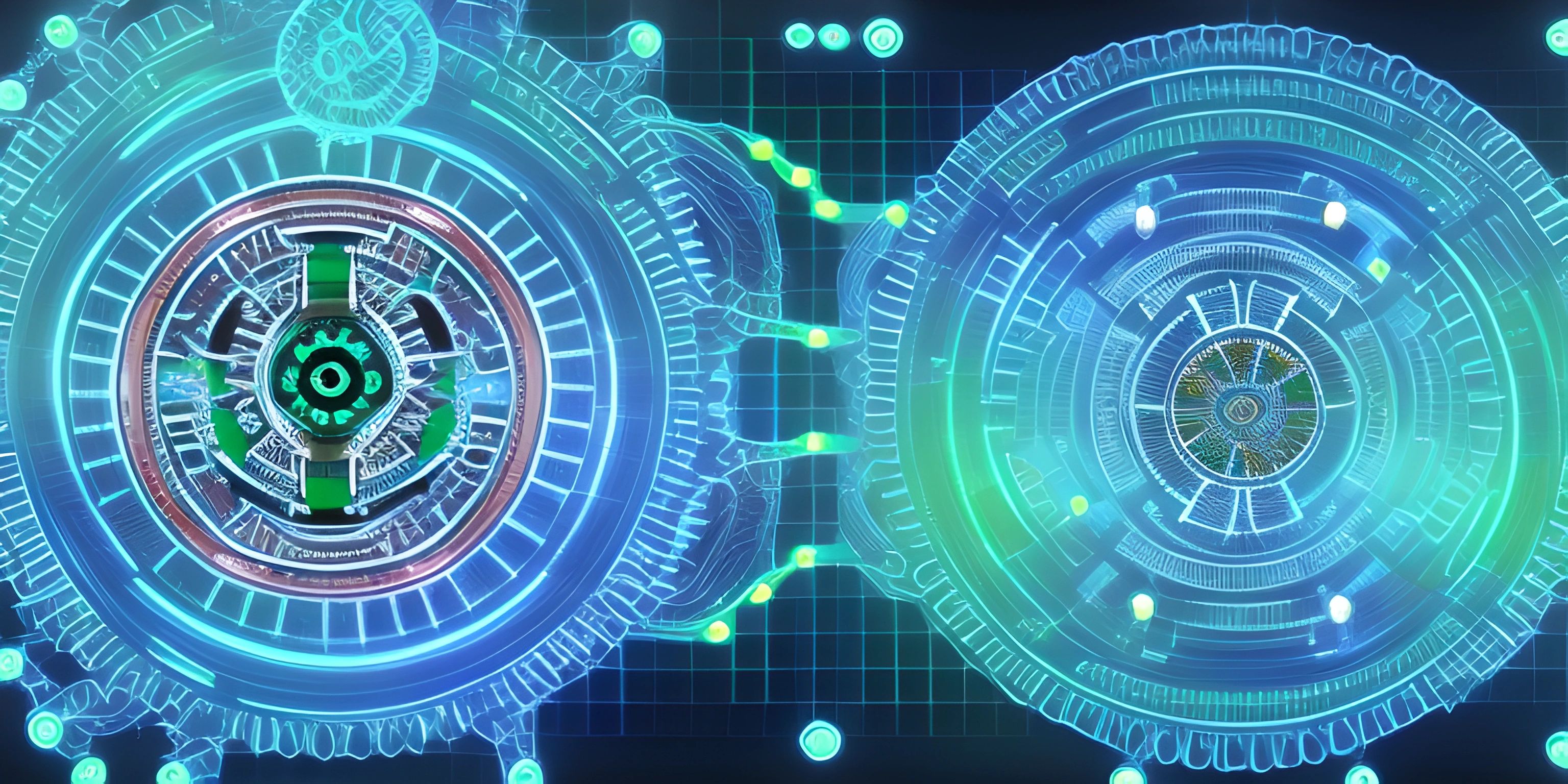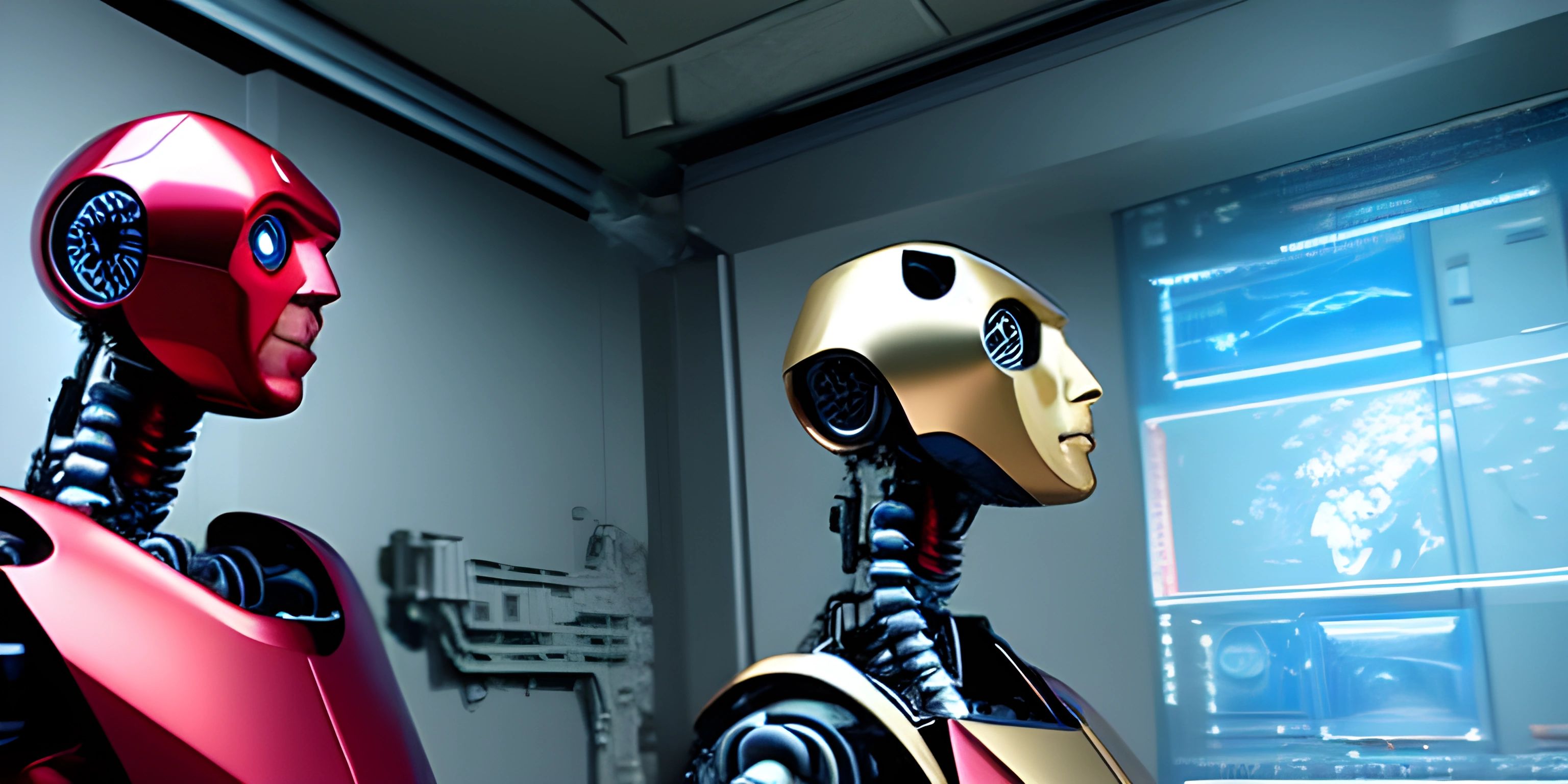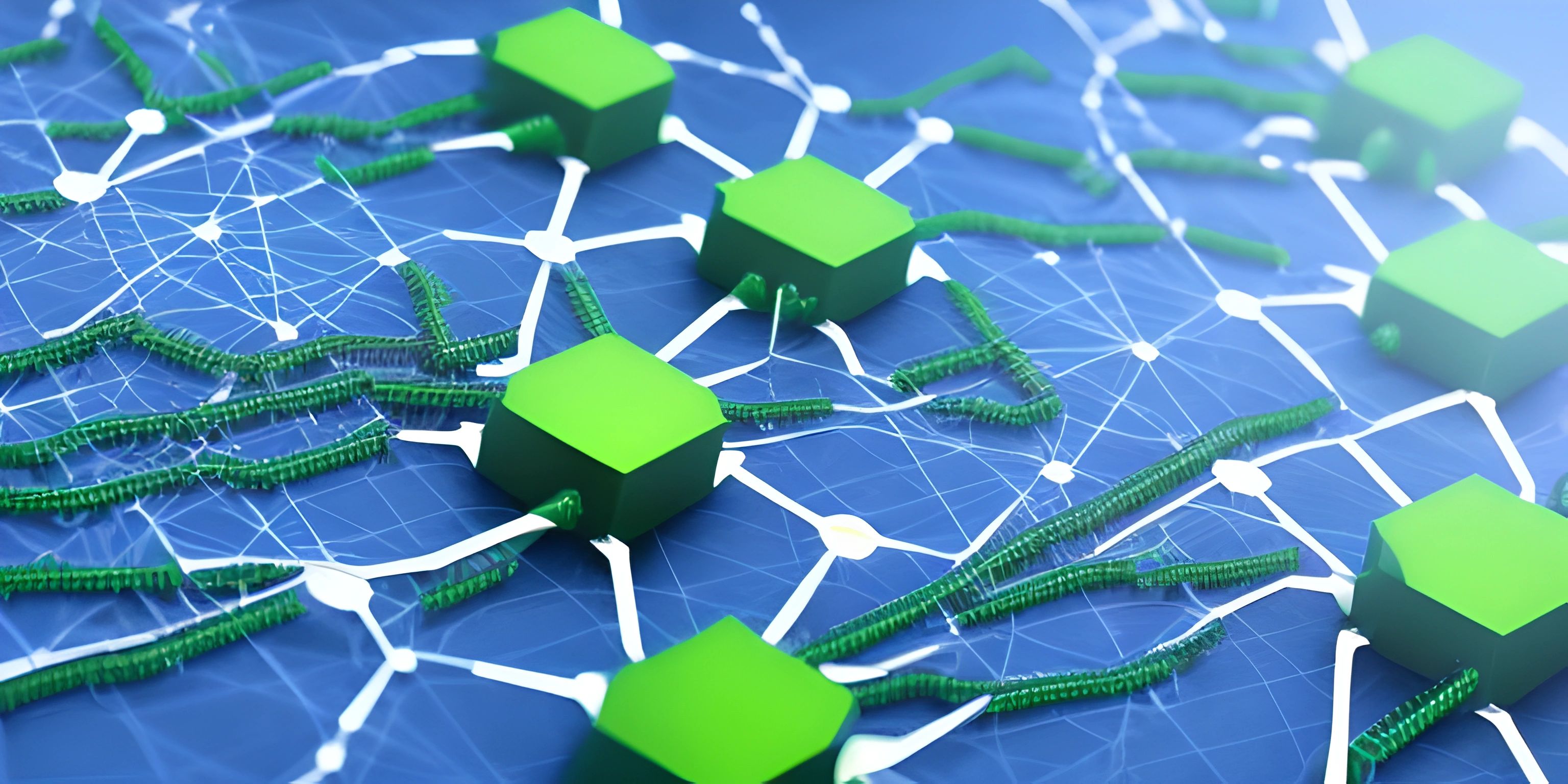Basics of Machine Learning

Note: this page has been created with the use of AI. Please take caution, and note that the content of this page does not necessarily reflect the opinion of Cratecode.
Machine learning is like teaching your computer to fish. You know the saying - give a man a fish, he eats for a day; teach a man to fish, he eats for a lifetime. Machine learning is the same idea, but instead of men and fish, we have computers and data. Instead of handing our computers a fish (a single piece of data), we teach them how to fish (find patterns in data)!
What is Machine Learning?
At its core, machine learning is all about patterns. We feed our machines (the computers) a bunch of data, and they learn to recognize the patterns in that data. Once they've got the hang of it, we can give them new data, and they can predict what will happen based on the patterns they've seen before.
Algorithms
Think of the machine learning algorithm as the fishing rod. There are different rods for different types of fish (or, in our case, different types of data). Some algorithms are great for image recognition, some are perfect for making predictions, and others are designed to sort data into categories, and so on.
from sklearn.ensemble import RandomForestClassifier model = RandomForestClassifier() model.fit(x_train, y_train) predictions = model.predict(x_test)
This example in Python uses the Random Forest algorithm from the Scikit-learn library to classify data. In other words, it's a fancy fishing rod for catching specific types of data-fish.
Training
Training is like the practice session. It's where the machine gets to learn how to recognize the patterns in the data. We give it lots of examples (the training data) and let it practice until it gets good at prediction.
Prediction
Once our machine is all trained up, we can give it new data and ask it to make predictions. This is like the big fishing tournament - we've done all the practice, and now it's time to see if our machine can catch the big one!
Hey there! Want to learn more? Cratecode is an online learning platform that lets you forge your own path. Click here to check out a lesson: Async Rust (psst, it's free!).
FAQ
What is machine learning?
Machine learning is a form of artificial intelligence that gives computers the ability to learn from and make decisions or predictions based on data.
What is an algorithm in machine learning?
In machine learning, an algorithm is a set of rules or instructions given to an AI system to help it learn on its own. These algorithms help the system to recognize patterns and make accurate predictions.
How does training work in machine learning?
Training in machine learning is the process where a model is fed data and learns from it. The model makes predictions based on this data, and then these predictions are checked for accuracy. The model adjusts its inner parameters to improve its predictions and the process repeats until the model achieves a satisfactory level of performance.
What is the role of prediction in machine learning?
Prediction is the ultimate goal of machine learning. Once the model is trained using historical data, it uses the patterns it has learned to predict future outcomes or to classify new data.
What are some applications of machine learning?
Machine learning has a broad range of applications including image and speech recognition, medical diagnosis, stock market trading, recommendation systems (like those used by Netflix or Amazon), and self-driving cars, to name a few.





